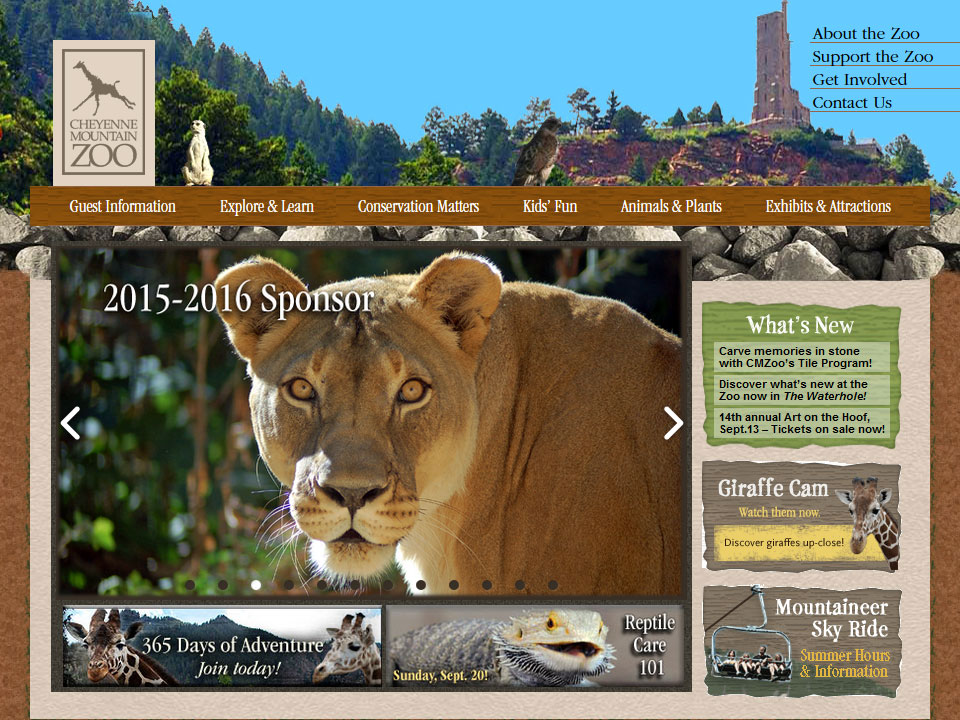News – CMZoo https://www.cmzoo.org/news/?cat=36&tag=exhibits
Enjoy the latest news releases, video stories and The Waterhole newsletter articles with filterable options.
guests are celebrating a huge milestone, having raised $6 million for wildlife and wild

